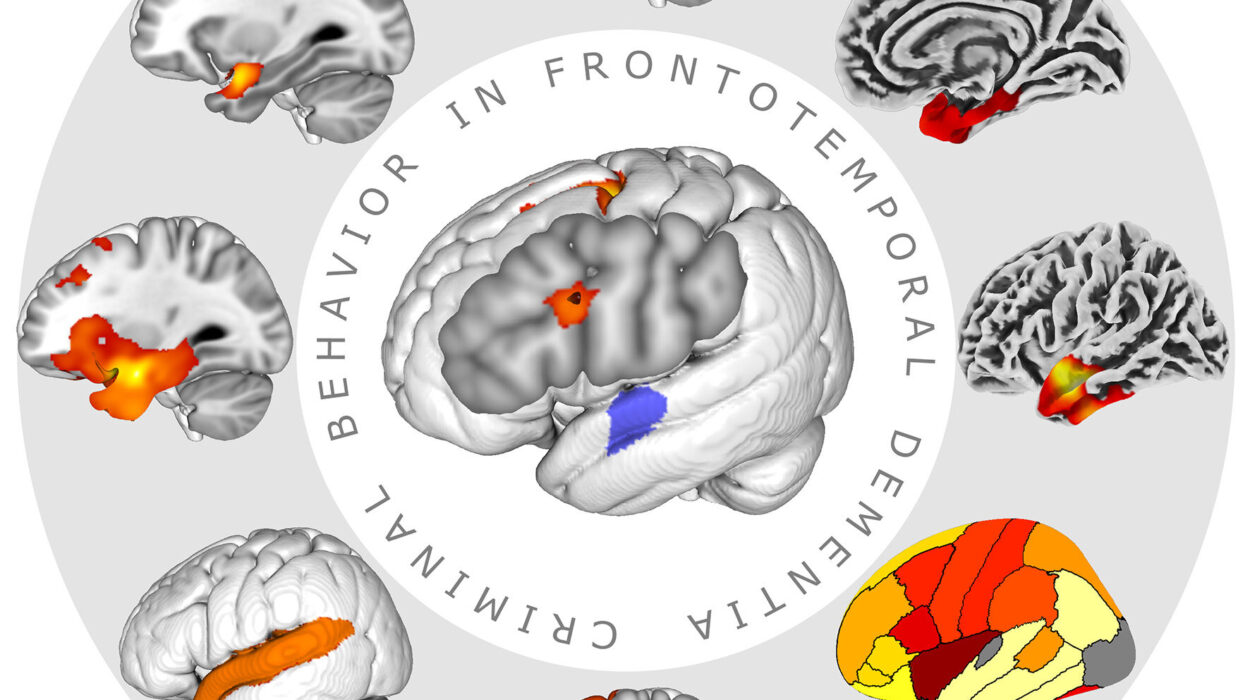The past never quite stays in the past. For many, the experiences of childhood—especially those tinged with trauma—have a haunting habit of echoing into adulthood, quietly weaving themselves into the fabric of our relationships. A recent study published in the Archives of Sexual Behavior underscores this truth, showing how early emotional wounds may subtly but meaningfully shape how people respond during emotionally charged moments with their romantic partners—particularly when the topic of conflict is sexual in nature.
Led by Noémie Bigras and colleagues, this study delves into a uniquely intimate and often overlooked domain: how childhood trauma influences the emotional landscape during sexual disagreements in long-term relationships. What they found is not dramatic, but deeply telling. Individuals with greater childhood trauma histories reported slightly more negative and slightly fewer positive emotions in the wake of these sexual conflicts. Moreover, they exhibited higher levels of attachment anxiety—a kind of emotional vulnerability marked by fear of abandonment and a deep yearning for closeness.
Although the findings were modest in scale, their implications are profound. They suggest that the echoes of childhood hardship are not just mental scars—they are active forces in the moment-to-moment dynamics of adult love.
What We Mean When We Talk About Trauma
Before exploring the findings in depth, it’s important to understand what’s meant by “childhood trauma.” The term covers a wide swath of difficult experiences that are psychologically overwhelming to a child. These may include physical, emotional, or sexual abuse; chronic neglect; witnessing domestic violence; the loss of a parent; or prolonged exposure to chaos, such as poverty or neighborhood violence.
Such traumas are not merely difficult moments—they are developmental shocks. During the most formative years, trauma can alter the architecture of the brain, impacting areas involved in emotion regulation, memory, and stress response. In the long run, these disruptions can impair not only an individual’s ability to form secure attachments but also their capacity to navigate emotional turmoil in close relationships.
This long tail of trauma was precisely what Bigras and her team sought to investigate.
A Deep Dive Into the Study
The research team recruited 151 couples from two major Canadian cities. Each participant had to meet several criteria: they were adults, living with their partner for at least one year, in a monogamous relationship, and sexually active with their partner. The researchers used a variety of questionnaires and structured tasks to gather their data, including the Childhood Trauma Questionnaire to assess early-life adversity and the Experiences in Close Relationships Questionnaire to evaluate attachment styles.
The heart of the study was a lab session where each couple participated in four structured discussions, including an eight-minute talk focused on a significant sexual problem between them. This was not idle chitchat. These were deep, often vulnerable conversations about real points of friction in the couple’s sexual relationship. Video footage of these interactions was analyzed both by trained observers and by the participants themselves using joystick-based rating systems to measure emotional expression and intensity over time.
In short, this was a meticulous, layered look at how people feel—and express those feelings—during one of the most emotionally loaded interactions a couple can face.
What They Found: Subtle Yet Persistent Emotional Shadows
The researchers found a consistent, if subtle, pattern. People with greater exposure to childhood trauma tended to report slightly more negative emotions and slightly fewer positive ones during the sexual conflict. These same individuals were also observed to have shorter durations of positive emotional expressions, such as smiling or affectionate gestures, during the interaction.
Importantly, these differences weren’t just in how participants reported their emotions—they were observable in real time. Even trained external raters could see that individuals with trauma histories seemed to dip into negative affect more readily and emerge from positive affect more quickly.
A key piece of the puzzle was attachment anxiety. People with higher levels of childhood trauma were more likely to report anxious attachment styles, marked by worry over rejection and an excessive need for reassurance. Statistical analyses showed that this anxiety partly explained the emotional differences. In other words, trauma didn’t just directly affect emotional experience—it also fostered attachment insecurity, which then colored the emotional tone of the conflict.
Why Sexual Conflict Hits Harder
But why does sexual conflict, in particular, trigger these patterns? Sex is one of the most intimate aspects of a romantic relationship, and it is often laden with expectations, vulnerabilities, and unspoken fears. It’s not just about physical connection—it’s about trust, acceptance, desire, and identity.
For someone with a trauma history—especially if that trauma involved betrayal, boundary violations, or neglect—sexual conflict can hit a nerve. It may activate deeply buried fears of rejection or unworthiness. The sexual arena is also rife with potential for miscommunication, disappointment, and shame, making it an emotional minefield even for those with secure backgrounds.
What this study shows is that for those with early emotional wounds, sexual disagreements may be experienced not just as a present-day dispute, but as a reawakening of long-buried emotional truths. The past bleeds into the present, often without conscious awareness.
What the Study Doesn’t Say: Caution About Causality
It’s worth emphasizing that the associations found in the study were statistically weak. That doesn’t mean they aren’t meaningful—but it does mean we must interpret them carefully. Human behavior, especially in intimate relationships, is influenced by a complex tapestry of factors: personality, communication style, cultural background, current stress levels, and more.
Also, this was a correlational study, not an experimental one. So we can’t say definitively that childhood trauma causes attachment anxiety or negative emotional responses in sexual conflict. What we can say is that they tend to co-occur in ways that suggest meaningful relationships among these variables.
Still, when you combine these findings with decades of existing psychological literature on trauma and attachment, the picture becomes more compelling.
The Clinical Implications: A New Lens for Couples Therapy
One of the most important takeaways from the study is its relevance to therapy and counseling. Clinicians working with couples—especially those navigating sexual issues—should be attuned not just to the content of what is being said, but the emotional undercurrents driving it.
Couples therapy that integrates an understanding of trauma history and attachment style may be better positioned to address the real roots of conflict. For instance, an argument about sex might not actually be about frequency or technique—but about one partner’s unspoken fear of abandonment, or their unconscious association between intimacy and danger.
Another key insight from the study is that positive emotions—not just negative ones—are crucial to examine. Trauma may lead individuals not only to experience more distress but also to struggle with maintaining positive emotional states. This is a vital insight for therapy, where the goal is often to rebuild not only trust but also joy, safety, and connection.
The Way Forward: Healing Through Awareness and Compassion
If there’s a silver lining in the study’s findings, it’s this: awareness is powerful. Understanding how past trauma shapes current emotional responses gives individuals and couples a chance to respond differently. It opens the door to self-compassion—“I’m reacting this way not because I’m broken, but because I was hurt”—and to relational compassion—“My partner isn’t cold or clingy; they’re navigating old wounds I may not fully understand.”
The path from trauma to healing is rarely linear. But when partners learn to hold space for each other’s hidden histories, they create the conditions for something transformative: not just conflict resolution, but emotional repair. That’s the kind of love that doesn’t erase the past—but helps to soften its grip.
Final Thoughts: A Call to Look Deeper
This study is a quiet but profound reminder that in love, we bring all of ourselves—past and present—to the table. And sometimes, the shadows of childhood can cast themselves into the heart of adult intimacy. But they don’t have to define it.
By recognizing the invisible fingerprints of trauma and exploring the role of attachment in emotional conflict, researchers like Bigras and her colleagues are helping us peel back the layers of romantic connection. What they reveal is both sobering and hopeful: the wounds of childhood may linger, but with awareness, empathy, and support, they need not govern our future.
Love, it turns out, isn’t just about the present moment—it’s also about how we hold the past. And sometimes, the first step in healing is simply to see it.






